What are Best Practices for Offshore Oil Exploration: Balancing Energy Needs and Environmental Protection
Offshore oil exploration has long been an important part of the global energy economy, helping to meet the insatiable demand for fossil fuels that power our modern world. As society strives to move to more sustainable energy sources, the debate over the environmental implications of offshore oil exploration has heated up. This article investigates offshore oil exploration, its importance in the energy landscape, and the environmental challenges it poses.
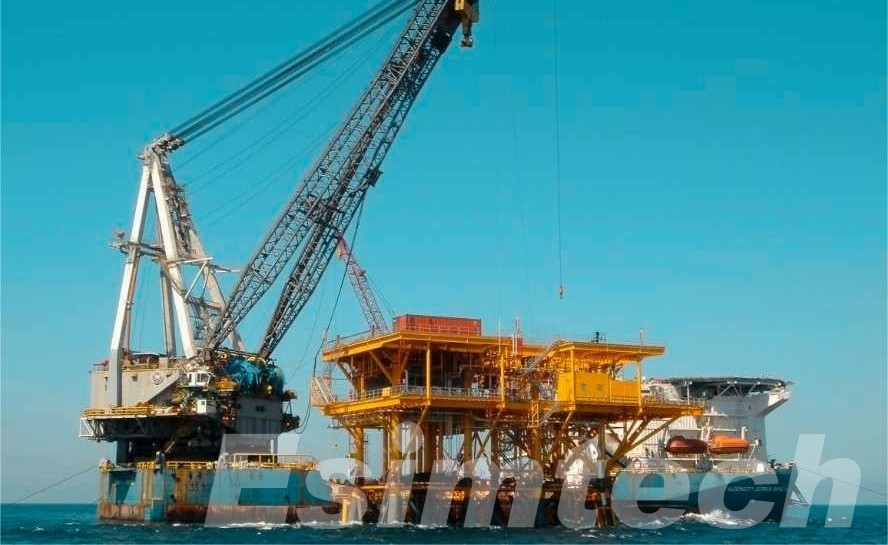
The Significance of Offshore Oil Exploration
Offshore oil exploration entails searching for and extracting oil reserves beneath the seafloor. It is critical to supplying the world’s energy needs, accounting for a sizable share of worldwide oil production. Several significant factors highlight its significance:
Abundant Resources
Offshore reserves include large amounts of oil, frequently in areas where terrestrial resources are scarce or inaccessible. These reserves are critical for guaranteeing a consistent and dependable energy supply.
Economic Impact
Offshore oil exploration has a significant economic influence, providing both established and developing countries with jobs, revenue, and economic stability. The sector also helps to advance technology and innovation.
Energy Security
Access to offshore oil reserves improves a country’s energy security by decreasing reliance on foreign oil sources. This is especially important during times of global unrest.
Key Challenges of Offshore Oil Exploration
Offshore oil exploration is a difficult and high-stakes sector that faces numerous major technical and environmental challenges. These difficulties have substantial consequences for safety, environmental protection, and the industry’s general viability.
Safety Risks
Offshore oil exploration places a premium on safety. The harsh and remote offshore settings, as well as the high-pressure, high-temperature conditions of deep-sea drilling, pose a slew of safety hazards. Accidents and blowouts can result in fatalities, equipment damage, and environmental disasters.
Oil Spills
One of the most serious environmental risks linked with offshore drilling is oil leaks. Spills can occur accidentally during drilling, transportation, or the transfer of oil from platforms to tankers. These spills have the potential to devastate marine ecosystems, coastal populations, and the fishing industry.
Environmental Impact
Offshore drilling has the potential to disturb marine ecosystems, injure aquatic life, and harm coral reefs. Drilling platform construction and operation, as well as underwater noise pollution, can disrupt marine environments and wildlife, including endangered species.
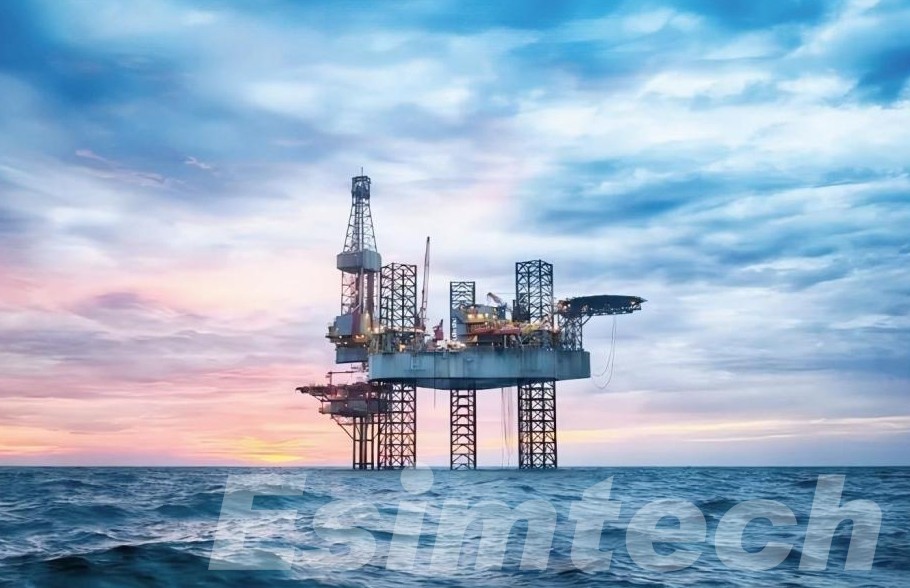
Climate Change
The extraction and burning of fossil fuels, including offshore oil, contribute to greenhouse gas emissions that drive climate change. As the world seeks to reduce carbon emissions, the long-term viability of offshore drilling is in question.
Technological Challenges
Drilling in deep-sea environments presents numerous technical challenges, including extreme pressures and temperatures, corrosion, and the need for advanced drilling technologies. Developing and maintaining equipment that can withstand these conditions is expensive and complex.
Resource Depletion
Over time, offshore oil reserves can be depleted, requiring companies to explore in deeper and more remote locations. This not only increases drilling challenges but also intensifies environmental risks as drilling moves into more sensitive areas.
Regulatory Compliance
Offshore oil exploration is subject to extensive regulations designed to protect the environment and ensure safety. Complying with these regulations adds to the cost and complexity of drilling operations. Regulatory frameworks vary from one region to another, further complicating the industry’s global operations.
Economic Uncertainty
The oil industry is highly sensitive to fluctuations in oil prices, which can be influenced by geopolitical events, supply and demand dynamics, and economic factors. Economic uncertainty can make long-term investments in offshore drilling projects risky.
Political and Geopolitical Factors
Offshore drilling is frequently conducted in areas with significant political and geopolitical factors. Conflicts, shifting government policies, and international controversies can all have an impact on the stability of oil exploration operations.
Public Opposition
Concerns about the environment and the possibility of catastrophic oil leaks have led to popular opposition to offshore drilling projects. Protests, legal challenges, and bad public attitudes can all add to the industry’s difficulties.
Transition to Renewable Energy
The offshore oil industry faces an existential threat as a result of the global move toward renewable energy sources and increased awareness of climate change. Long-term demand for offshore oil may fall as countries and companies invest in cleaner alternatives.
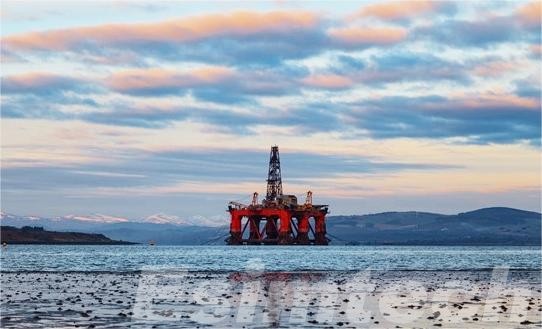
Strategies for Balancing Energy Needs and Environmental Protection with Offshore Oil Exploration
- Advanced Technology and Best Practices
Develop and deploy cutting-edge drilling technologies and equipment to improve safety and reduce the likelihood of oil spills and accidents.
Implement best practices for drilling and exploration, emphasizing safety, environmental protection, and risk management.
A 3D drilling and well control simulation system creates a very realistic representation of a drilling rig and wellbore, allowing people to train in a real-world setting. By simulating various drilling techniques and parameters, the simulator can be used to maximize drilling performance by allowing staff to analyze and alter drilling parameters in real-time. It can also be used to instruct staff on safety procedures and practices, lowering the possibility of accidents and injuries during drilling operations.
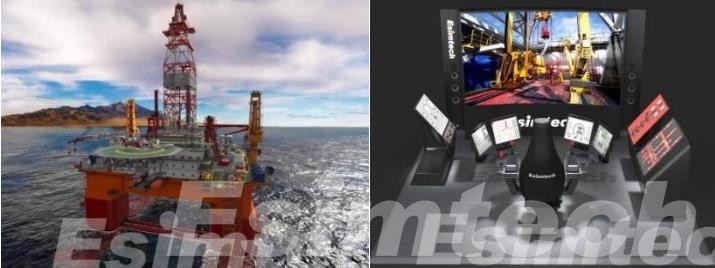
- Environmental Impact Assessments (EIAs)
Conduct thorough EIAs before initiating any offshore drilling project. These assessments help identify potential risks and environmental impacts.
Use the findings from EIAs to inform project design, mitigation measures, and contingency plans.
- Regulatory Oversight and Compliance
Establish and enforce stringent rules controlling offshore drilling operations. These regulations should include requirements for safety, environmental protection, and emergency response processes.
Inspect drilling activities on a regular basis to ensure compliance with legislation and safety standards.
- Emergency Response Preparedness
Create and maintain comprehensive emergency response plans for dealing with oil spills and accidents in a timely and effective manner.
Conduct regular drills and exercises to train people and assess reaction team readiness.
- Environmental Safeguards
Implement measures to protect sensitive ecosystems and wildlife in the vicinity of drilling sites.
Use advanced technologies, such as directional drilling, to minimize disturbance to marine habitats.
- Technological Innovation
Invest in research and development to improve drilling technology and reduce environmental impact.
Explore innovative methods for minimizing waste, reducing emissions, and enhancing energy efficiency during drilling operations.
- Monitoring and Reporting
Establish extensive monitoring procedures to evaluate environmental conditions, water quality, and air pollution near drilling sites.
Transparency and accountability can be achieved by making monitoring data available to regulatory bodies, environmental organizations, and the general public.
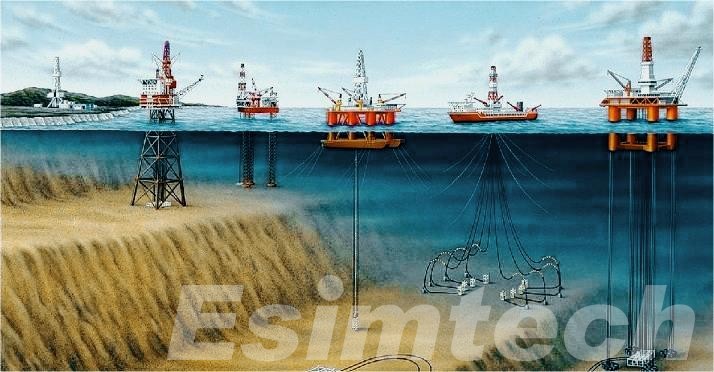
Conclusion
Offshore oil exploration is still an important part of the global energy landscape, but it poses considerable environmental challenges. It is critical to strike a balance between meeting energy demands and safeguarding the environment. Society can limit the environmental impact of offshore oil exploration while assuring a sustainable energy future through technological improvements, tough laws, and a transition toward renewable energy sources. It is critical that stakeholders continue to collaborate in order to address these issues and pave the path for a cleaner, more sustainable energy future.

